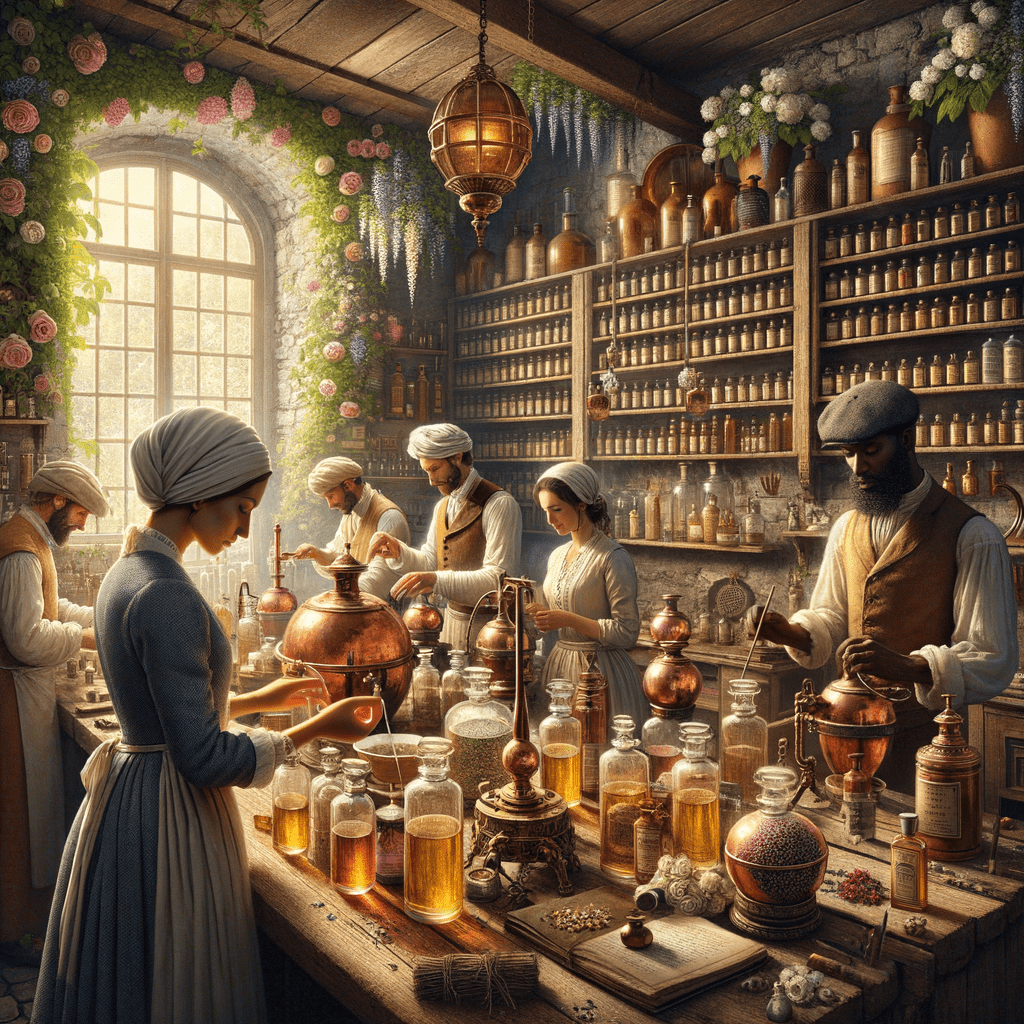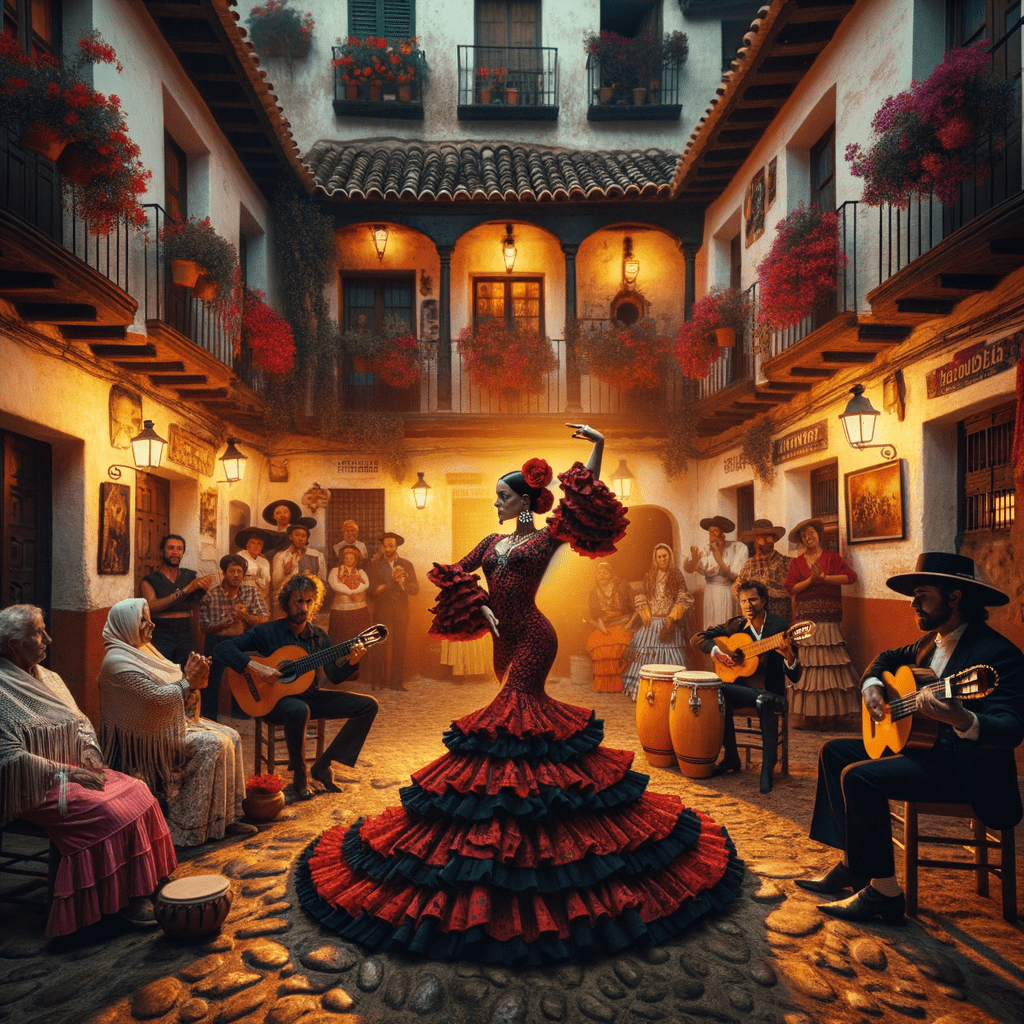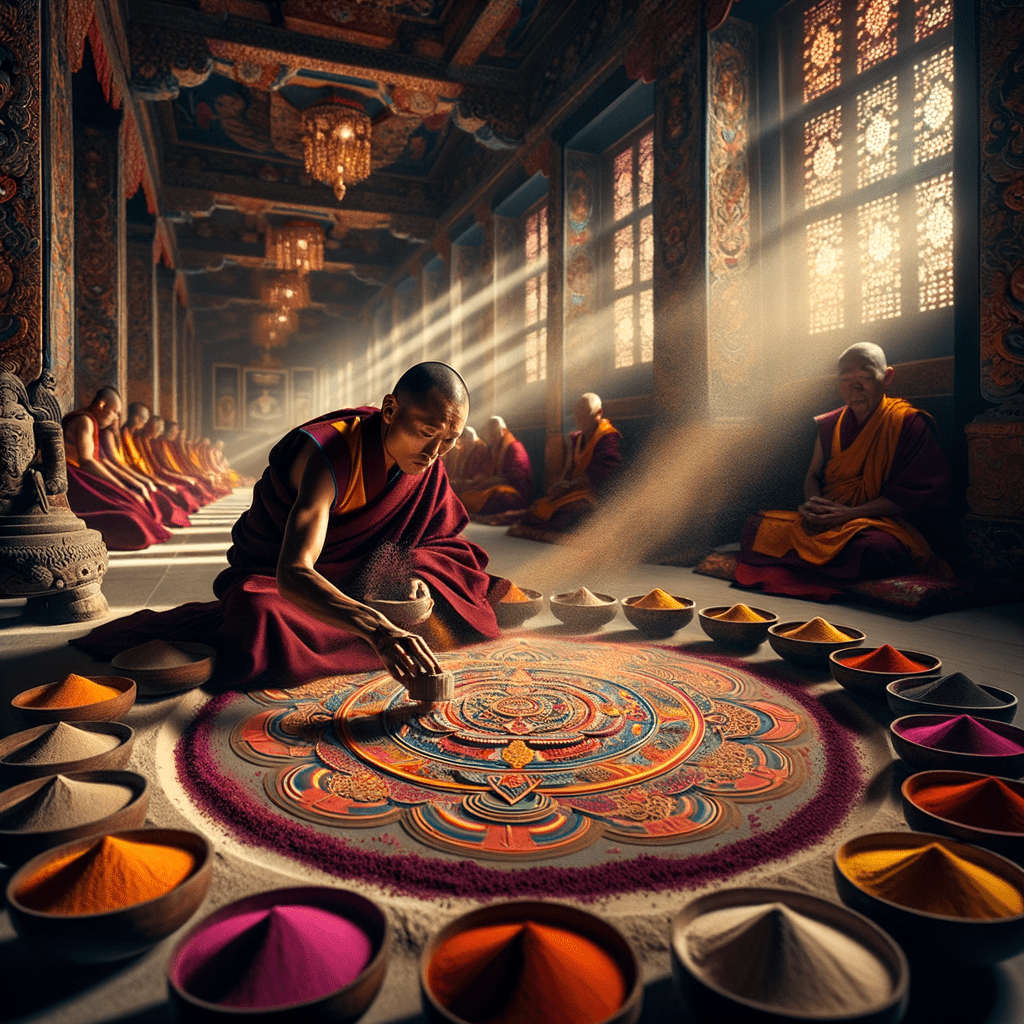Hey there! So, I’ve always been totally captivated by the wonderful world of French perfumes. There’s this magical feeling when a scent just hits your nose the right way, you know? It’s like being swept away on a midnight adventure, with everything feeling a bit more enchanting. When I think about French perfumes, it’s not just about the smell — it’s like being part of this rich, passionate saga that’s so much more than just scents in a bottle. Join me, and let’s dive into the charming history of French perfume making. I promise it’ll be entertaining, with a sprinkle of emotions here and there.
A Whiff of the Beginning
Let’s go back in time to when scent first started its journey. Imagine ancient Egypt, with essential oils mingling in lotions and potions. Fast forward to France, where the art of blending aromas really took off. I admit, I tend to romanticize it, picturing French nobles with their fancy wigs and layers of lace. But there’s something so beautifully old-school about imagining those beginnings. Visualize the courts of Louis XIV, where hiding not-so-pleasant smells behind delightful fragrances was all the hype.
The story has it that Grasse, a tiny town in Provence, was where French perfume started to shine. Known for its fields bursting with lavender and roses, this place had leather tanners trying to mask the smell of their trade with sweet plant fragrances. Thus, the world’s first ‘Fragrance Renaissance’ was born. Quite a fun little paradox, right?
When Perfumes Ruled the Court
Zoom forward to the luxe 18th century. French perfumes really found their groove in Louis XV’s court, famously called the “perfumed court.” I imagine a world full of intrigue, scandal, and golden chandeliers. Picture the king wanting a different fragrance every day. That’s both a dream and a puzzle for perfume artists, isn’t it?
Then there’s Marie Antoinette, clutching her personal scent blend amidst the Versailles whispers. Her fondness for rose, violet, and jasmine paints a picture as vivid as a living art piece. These scent-filled moments of history are as intriguing as the perfumes themselves.
The Progression into Modern Fragrance
Skipping a few beats and landing a bit closer to today, the evolution of perfume becomes even more intriguing. It was like perfume transformed from a hidden caterpillar to a full-blown butterfly—a sweet-smelling one, at that. Late in the 19th century, synthetic aromatic compounds came into play, reshaping the perfume scene.
The launch of Chypre by François Coty in 1917 was revolutionary. And oh, how could I forget Chanel No. 5? Released in 1921 by the legendary Coco Chanel, it was a bold statement wrapped in a fragrance. With its mix of aldehydes and neroli touches, it defines elegance and rebellion. Even Marilyn Monroe famously favored it to bed. It’s like historical charm dancing with societal rebellion, don’t you think?
Taking a Sniff Back in Time with Modern Sensibilities
Anyway, enough of the history binge; fast forward a bit more. French perfumes have kept their charm and craftsmanship, despite booming demand. I find that undeniably impressive.
Today’s perfumers bear the legacy proudly, like artists with blank canvases on a spirited morning in Paris. Icons like Dior, Guerlain, and Yves Saint Laurent continue to light up the perfume world with creativity. They’re where the heart finds wearable poetry, wouldn’t you say?
The Fierce French Passion for Tradition
French perfumery is loaded with cultural significance, beautifully balancing art and science. Born in Grasse’s provincial blooms, these fragrant potions weave a seamless tale, a timeless dance of bouquets and whispers.
Grasse still stands as the heart of perfume making, attracting dreamers of scents from all over. There’s a certain romance in imagining petals picked under the sun and transformed into liquid art. The balance of creativity and chemistry paints a lively olfactory masterpiece, don’t you agree?
Conclusion: The Scented Journey Continues
This story isn’t just about having pretty perfumes. It’s about legacy, creativity, and love captured in a tangible form. There’s joy in knowing that when French perfumes grace us, we carry history transformed by time and nature.
In our chaotic world, the lasting scent of French perfume is a gentle reminder of the enduring magic of art and tradition. Whether a modern classic or a nod to nostalgia, French perfumes have stood strong and will charm for generations to come. Next time you enjoy that lovely fragrance, breathe deeply and recall this tale, spun over centuries. Each drop holds the history of a fragrant adventure.
And as I wrap up this little narrative, I hope you’ll feel the sentimental weight of this journey, one delightful scent at a time.












